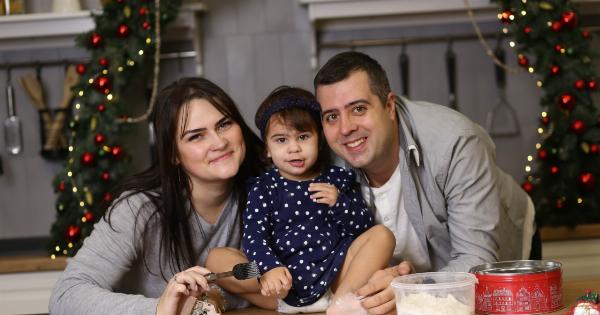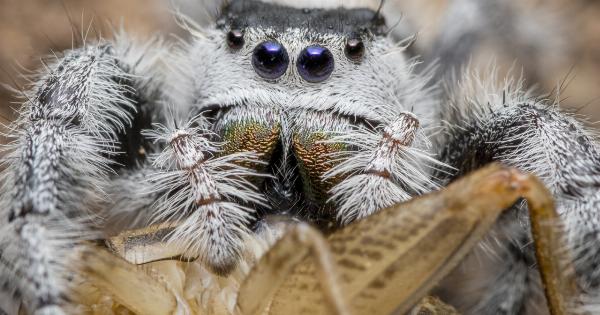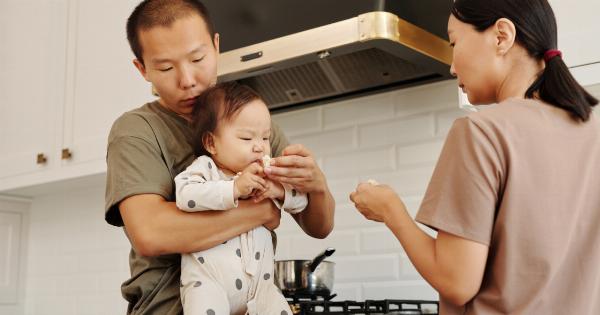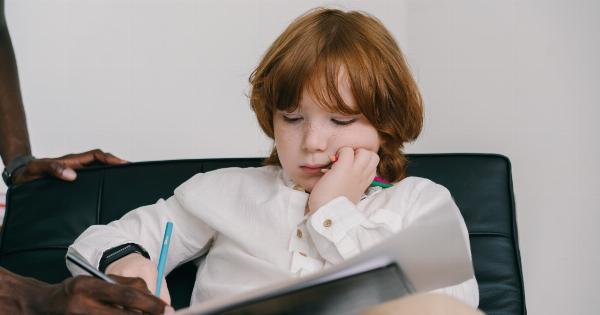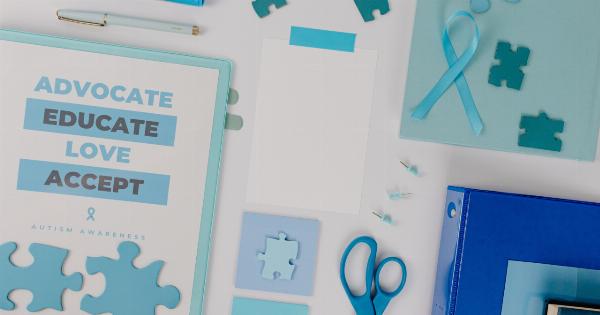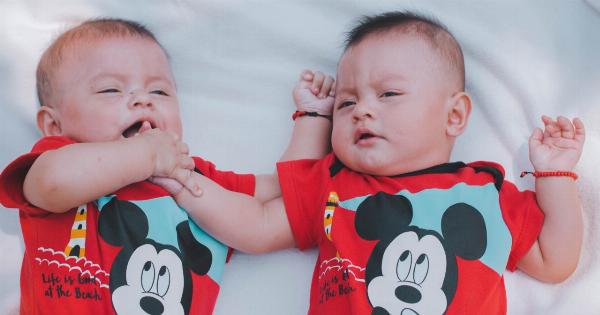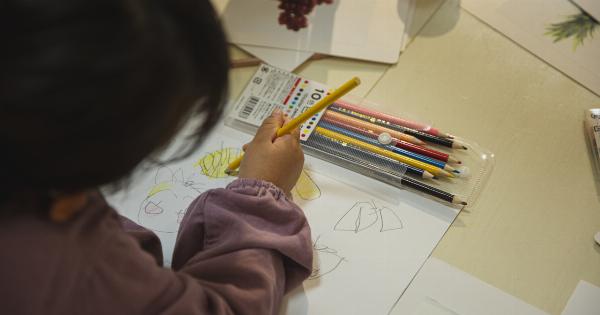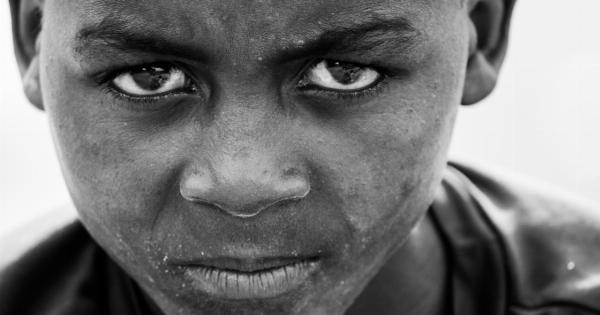When it comes to babies, one thing that fills the hearts of parents and caregivers with joy is their adorable smiles.
Not only are these smiles incredibly heartwarming, but they also serve as a window into the baby’s inner world, signifying their growing social and emotional development. In this article, we will explore the reasons behind a baby’s abundant smiles, shedding light on the various factors and milestones that contribute to these joyful expressions.
Bonding and Social Interaction
From the very early stages of infancy, babies are wired to seek connection and interaction with their caregivers.
Smiling is one of the earliest forms of communication, and through their smiles, babies initiate social interaction and bond with their loved ones. When a baby sees a familiar face, whether it’s their mother, father, or even a sibling, their natural response is to break into a heartwarming smile, signaling their joy and connection.
Imitation and Mirror Neurons
Babies are incredible imitators, and they learn by observing and copying the actions of those around them. Smiling is no exception.
Research suggests that when babies see someone smiling, their mirror neurons are activated, causing them to imitate the facial expression and respond with a smile of their own. This imitation not only helps babies bond with their caregivers but also aids in their cognitive and emotional development.
Sensory Stimulation and Joy
Babies are like little explorers, constantly discovering and making sense of the world around them. Bright colors, shapes, textures, and new experiences provide babies with sensory stimulation that can bring them immense joy.
When a baby encounters something visually pleasing or intriguing, they might respond with a smile, expressing their delight and curiosity.
Social Rewards and Positive Reinforcement
As babies grow and interact more with the people around them, they begin to understand the impact of their smiles. When a baby smiles, they often receive positive responses, such as laughter, cuddles, or words of praise, which reinforces their behavior.
This positive reinforcement strengthens the association between smiling and receiving social rewards, encouraging babies to smile more frequently.
Physical Comfort and Contentment
Babies rely heavily on their caregivers for physical comfort, safety, and nourishment. When a baby feels secure and content, they are more likely to express their happiness through smiles.
A well-fed and comfortable baby is more likely to display abundant smiles, as their basic needs are met, allowing them to focus on their social and emotional development.
Milestone: Social Smiling
One of the earliest developmental milestones related to smiling is the emergence of social smiling. Around 6 to 8 weeks of age, babies start to differentiate between familiar faces and strangers.
As their social awareness grows, they also begin to respond to social stimuli, such as smiles, with their own beaming expressions. Social smiling marks a significant step in the baby’s ability to engage in reciprocal social interactions.
Milestone: Smiling at Objects and Toys
As babies mature, their smiles transcend beyond interpersonal relationships and extend to the inanimate objects in their environment.
Between the ages of 3 to 4 months, babies may start smiling when they see their favorite toys, colorful mobiles, or even themselves in the mirror. This milestone showcases their growing curiosity, object permanence, and expanding capacity for joy.
Milestone: Laughter and Play
Building on their repertoire of smiles, babies eventually develop the ability to laugh out loud, marking another significant milestone in their emotional development.
At around 4 to 5 months, babies start to respond to playful interactions, tickles, and silly sounds with hearty laughter. Laughter not only strengthens the bond between babies and their caregivers but also brings a sense of joy and amusement to their lives.
Milestone: Shared Smiles
As babies reach 9 to 12 months of age, they develop the ability to share smiles intentionally. This means that they can initiate smiling as a means of engaging others and communicating their positive emotions.
During this phase, babies often smile in response to others’ smiles, creating joyful and contagious interactions that promote further social and emotional growth.
Milestone: Smiling at Achievements
As babies become more mobile and skilled in their exploration of the world, they begin to take pride in their achievements.
Whether it’s crawling, standing up, or stacking blocks, babies may showcase their accomplishments through smiles and expressions of accomplishment. This milestone not only reflects their growing confidence and self-awareness but also reinforces their motivation to keep progressing.
Conclusion
In summary, a baby’s abundant smiles have multifaceted reasons behind them.
From seeking social connection and bonding with caregivers to experiencing joy through sensory stimulation, each smile reflects the baby’s growing social and emotional development. The various milestones, such as social smiling, smiling at objects, laughter, shared smiles, and smiling at achievements, contribute to the rich tapestry of a baby’s smiling journey.
As caregivers, it is essential to treasure and nurture these smiles, as they represent the baby’s blossoming personality and ever-expanding capacity for love, happiness, and connection.

